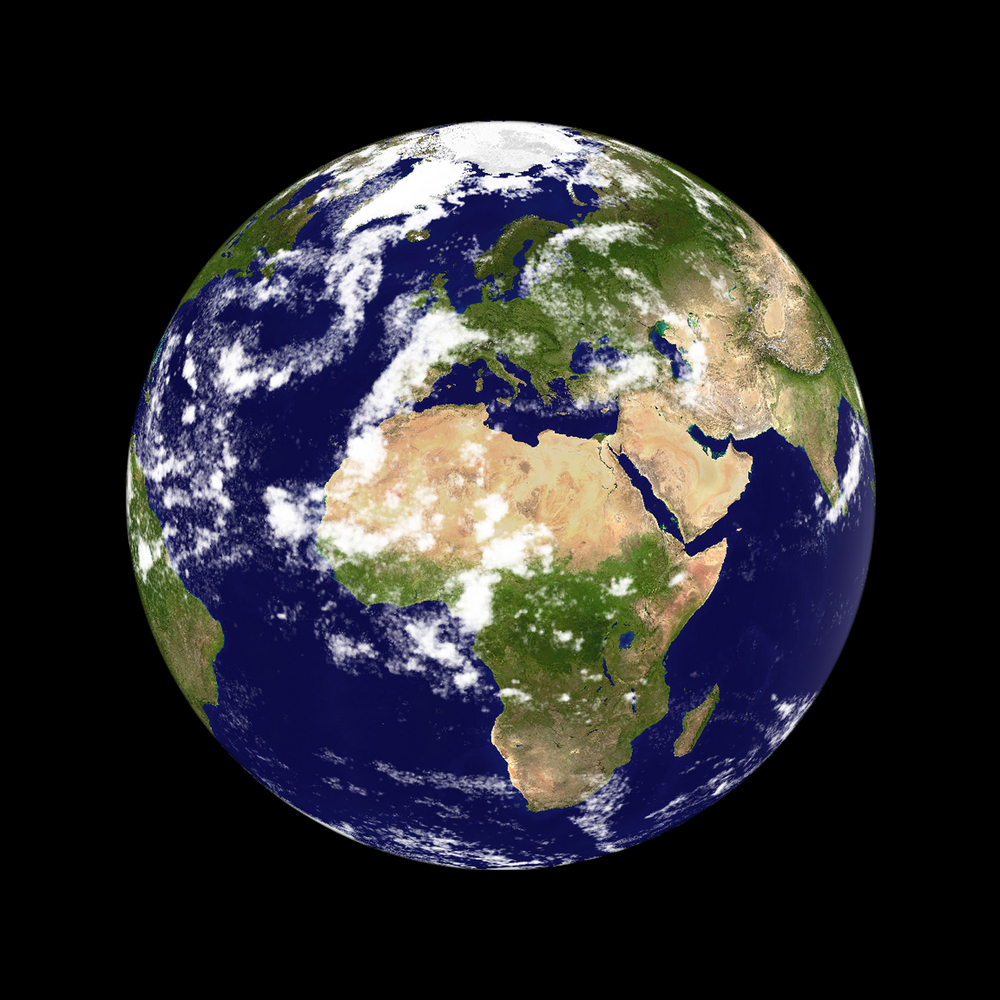Moon to Earth – A Cosmic Perspective

Newt Gingrich recently proposed a moon colony to ease over population on earth, leading to lots of late night comedy about Newt wanting to leave earth for a younger planet. He reignited a conversation about space exploration that appears from time to time.
Do you think its worthwhile spending money on space exploration? I’ve generally held the view that we should spend our money on problems we have ON the earth rather than spending money on space exploration. This view was challenged by an interview I heard with astrophysicist Neil DeGrasse Tyson.
He made the point that between 1968 and 1973, when the first moon landings took place, multiple legislation was passed to protect the earth; the Environmental Protection Agency, the Clean Air Act, the Clean Water Act, the first Earth Day in 1970 to name a few. And an interesting one, the organization Doctors Without Borders also started in 1970. Tyson suggests that it was only once we had seen the Earth from space that we developed a currency of consciousness and language to talk about borders. As he says, it was a consciousness “not drawn by mapmakers, with countries colored in, but drawn by nature itself, with land, water, air.”
Once you’ve seen the earth from a cosmic perspective, you can’t unsee it. Your vision is altered. Just as the world changed for Aldo Leopold when he saw a dying wolf and for Paul Watson when he saw a dying whale, and for Julia Butterfly Hill when she saw a threatened Redwood up close, so the world has changed for all of us who have seen images of earth from space.
In the words attributed to astronomer Sir Fred Hoyle,
Once a photograph of the Earth, taken from the outside, is available, a new idea as powerful as any in history will be let loose.
This cosmic vision changes everything. The incredible thing is that from the moon, you don’t see people and animals and plants as if they are separate, you see patterns of light and shade. You see one small and fragile ball hanging like a mobile over a baby’s crib. It’s all one and not fragmented into human needs and earth needs. The needs are one and the same. Viewed from outer space, the borders between countries, the distinction between human and non human, rich and poor, man and woman, all become trivial.
What’s good for the bee is also good for the hive. When the hive is strong, the bees thrive. The world thrives when all the parts are buzzing along in harmony. At the same time, individuals who live mindful lives strengthen the whole. The bottom line when it comes to earth care is to bee the change and the hive will thrive.
Tyson may be right that seeing earth from the moon inspired greater mindfulness about the earth. He said this,
We are all connected; To each other, biologically. To the earth, chemically. To the rest of the universe atomically.
Until we see the earth up close and personal, we won’t change our lifestyles or policies. You can do this either by getting physically close to nature, or by gaining some distance from the earth to see it from a completely new perspective.
Taylor Wang was the first Chinese man in space. This is how he described his experience,
A Chinese tale tells of some men sent to harm a young girl who, upon seeing her beauty, become her protectors rather than her violators. That’s how I felt seeing the Earth for the first time. I could not help but love and cherish her.
This is part four in a series on putting heart into earth care. Part two is about the reality of climate change. Part three tells some real world stories of people getting up close and personal with nature. Part five offers an inspiration from nature to persevere even when your efforts feel small or futile.
